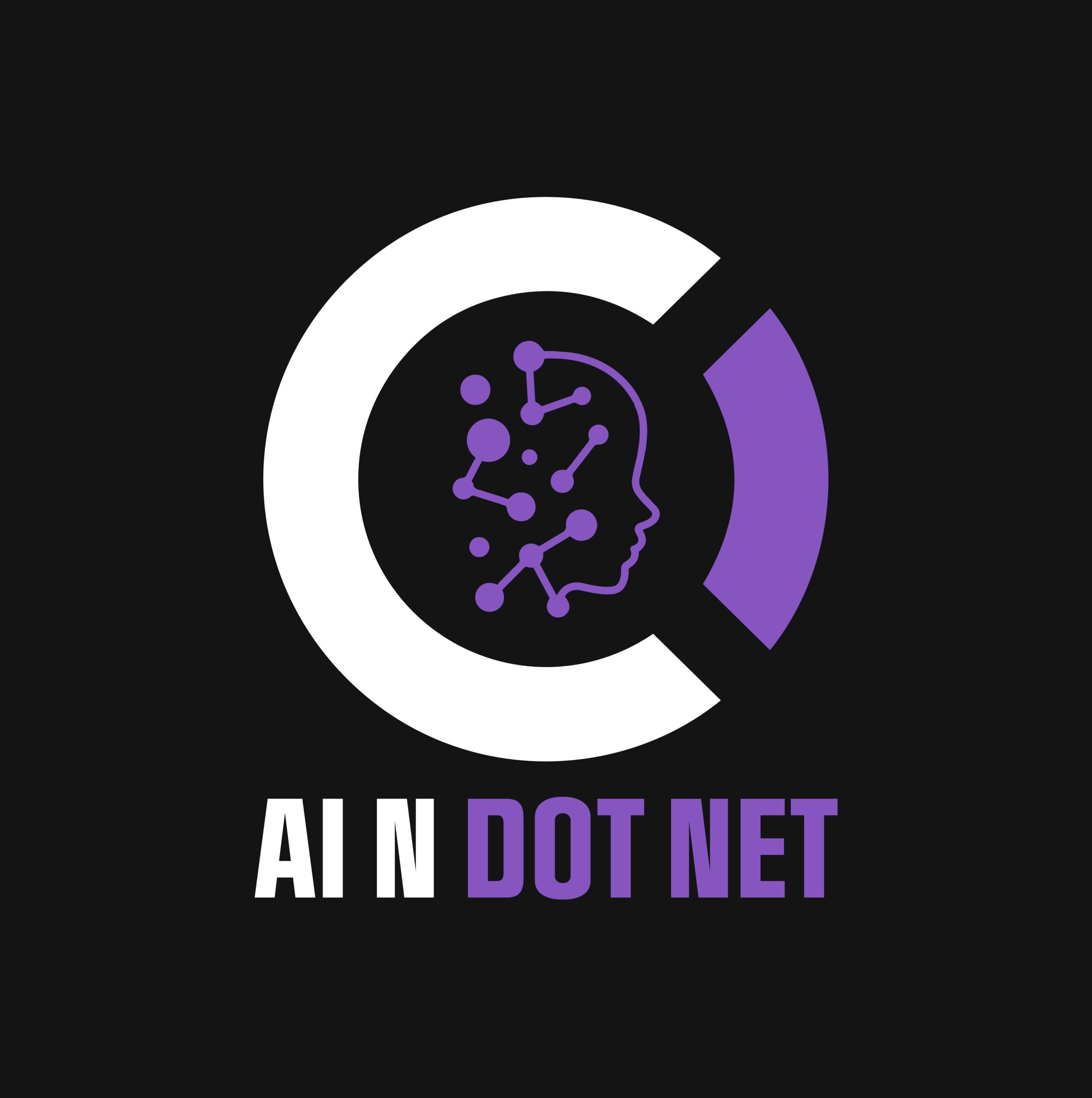AI Chatbots in Customer Service: Automating Support and Scaling Satisfaction with Microsoft Tools
Modern businesses are under pressure to deliver fast, 24/7 customer support—without ballooning costs. Many are turning to AI-powered chatbots built with Microsoft’s toolset to reduce wait times, handle routine inquiries, and improve satisfaction.
This case study explores how one retail and e-commerce company transformed its customer service using Azure OpenAI, Semantic Kernel, and the Bot Framework.
😤 The Problem
The company was experiencing:
- Overwhelmed customer service staff during peak shopping seasons
- 15+ minute average wait times for chat and phone support
- High volume of repetitive questions (order tracking, returns, store hours)
- Escalation to human agents for simple queries
The leadership team needed a scalable, multi-lingual chatbot that could:
- Deflect common questions
- Integrate with backend systems (order status, returns)
- Handoff smoothly to human agents when needed
🤖 The AI Chatbot Solution
Built using Microsoft’s stack:
- Azure OpenAI Service – Natural language understanding and generation
- Bot Framework Composer – Intent recognition and conversation design
- Semantic Kernel – To orchestrate APIs and plugins like order lookups, return status, inventory queries
- Azure Language Studio – For language detection and tone tuning
- Azure Functions – Backend integration with Shopify, Zendesk, and inventory databases

💬 Use Cases in Action
📦 1. Order Tracking and Status Updates
Users enter order number, chatbot pulls real-time updates via Shopify API, reducing tickets by 41%.
🔁 2. Returns and Refunds
Chatbot guides customers through return eligibility, policy FAQ, and generates prepaid labels if allowed.
🔄 3. Live Agent Triage
Bot filters by sentiment, urgency, and topic. Critical issues go to agents with full context attached.
🌎 4. Multilingual Support
Bot uses Azure Translation to serve Spanish, French, and German customers with a single unified model.
📊 Business Impact
| KPI | Before AI Chatbot | After AI Chatbot |
|---|---|---|
| Avg. first response time | 15 min | 1.2 min |
| Support volume deflected | — | 63% |
| Live agent escalations | 100% | 29% |
| CSAT (Customer Satisfaction) | 82% | 91% |
🔍 Why This Worked
- ✅ Started with the top 15 most common queries
- ✅ Used Microsoft tools already integrated into their Azure stack
- ✅ Combined AI + rule logic for predictable flows
- ✅ Added feedback loop: chatbot asks “Was this helpful?” and adjusts prompts over time

🙋 Why Great Chatbots Are Often Better Than Humans
Many businesses underestimate how much people want a fast, intelligent chatbot—as long as it works well. Here’s why:
⚡ Speed
- Chatbots reply instantly, no hold times or wait queues.
- Customers get what they need in seconds, not minutes.
🕒 24/7/365 Availability
- Always on. Midnight returns, Sunday troubleshooting, holiday refunds—no problem.
- Critical for global customers in different time zones.
🧠 Precision at Scale
- Chatbots don’t forget policies, misquote return dates, or fumble product specs.
- Responses can be tailored to customer tier, location, or purchase history using backend data.
💬 No Judgment or Emotion
- A frustrated customer can rant—and the bot calmly responds without escalation.
- Especially helpful for sensitive industries (e.g., mental health, finance).
🌐 Multilingual by Default
- With tools like Azure AI and Translator, chatbots can handle dozens of languages fluently—no need to hire support staff in every region.
🔄 Feedback Loop
- Every interaction is logged. Prompts and responses can be refined based on customer feedback or conversion metrics.
🧨 What Most Businesses Get Wrong
- They use cheap, pre-scripted bots that can’t handle natural language
- They don’t integrate with real systems (e.g., inventory, order tracking)
- They treat chatbot deployment as a one-time project instead of a living system
A good chatbot isn’t a magic trick. It’s a well-integrated, evolving workflow—and with Microsoft’s toolchain, it’s achievable for nearly any organization.

